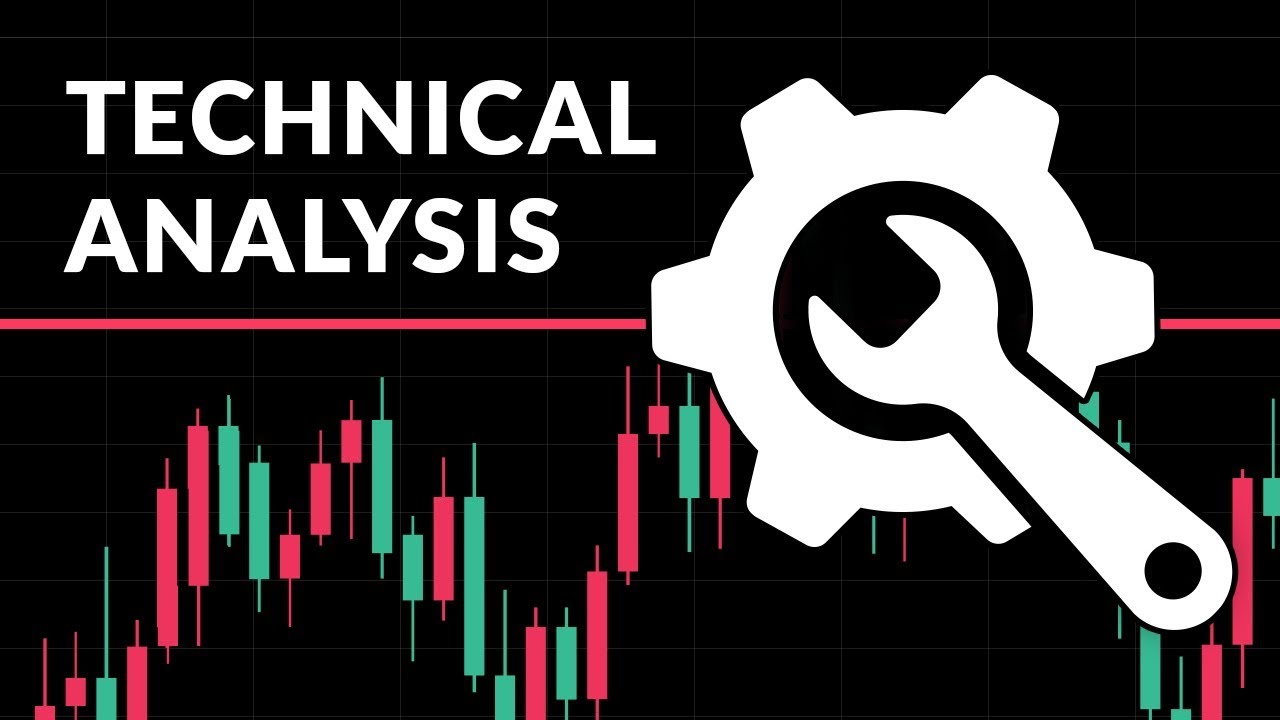
Types of Analysis in Trading: Technical vs. Fundamental
In the world of trading, there are two main approaches to analyzing financial markets —
technical and fundamental analysis. Each of them has its own philosophy, tools, and areas of
application, so you should choose based on your trading style and your own preferences.
Technical analysis is based on studying price charts and finding certain patterns that can tell
you in which direction an asset will move in the future. Proponents of this method believe that
all the necessary information is already taken into account in the price. Technical analysis
includes the use of indicators, trend lines, support and resistance levels, and candlestick
patterns. Traders analyze the history of price movements, as well as trading volumes, looking
for entry or exit points from the market. This approach is especially popular among scalpers and
day traders who work on short timeframes.
Fundamental analysis, on the other hand, focuses on studying the factors that affect the real
value of an asset. For stocks, this could be company financial statements, merger news,
management changes, macroeconomic statistics, political events. For currencies, it could be
inflation, unemployment, central bank interest rates. The main idea is to estimate the “fair”
value of an asset and make a decision to buy or sell based on expected changes.
Many experienced traders combine both approaches to achieve maximum results. Fundamental
analysis allows you to identify a long-term trend, and technical analysis helps you find the
optimal entry and exit points. Each of these methods has its own advantages and disadvantages,
so it is important to understand their essence and experiment to find your own way in the
market.
In summary, successful trading is often based on a harmonious combination of both types of
analysis - depending on the trading objectives and investment horizon.
